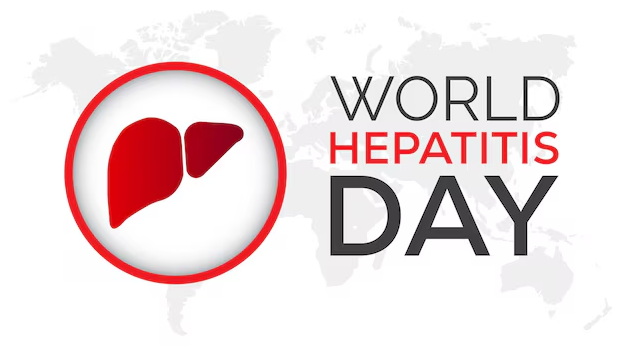In a powerful response to the rising burden of liver diseases, Pakistan has significantly expanded its national campaign to eliminate hepatitis B and C. The renewed push aligns with global efforts to eradicate the disease by 2030 and was formally intensified on World Hepatitis Day, observed every year on July 28.
With one of the highest hepatitis burdens in the world, Pakistan is prioritizing a comprehensive, person-centered approach that includes mass screenings, free treatment, awareness campaigns, and infrastructure upgrades across all provinces.
A National Strategy for a Silent Epidemic
Hepatitis B and C are among the deadliest silent infections in the country, responsible for hundreds of thousands of chronic liver disease cases, cirrhosis, and liver cancer. Many patients remain unaware of their condition until symptoms have progressed to a dangerous stage.
To combat this, the government has launched the National Hepatitis Elimination Programme under direct federal oversight. The program is designed to:
- Screen more than 165 million citizens by 2030
- Provide free testing and treatment across public health facilities
- Integrate hepatitis care into existing primary health structures
- Expand community outreach to remote and underserved areas
The initiative reflects a historic level of political commitment to tackling viral hepatitis as a national public health emergency.
Screening, Testing, and Free Treatment at Scale
The campaign is being rolled out across all provinces and territories with the goal of reaching every household. Citizens are being encouraged to get tested at local clinics, mobile units, and designated public hospitals. Health workers are conducting door-to-door visits, especially in high-risk districts.
Once diagnosed, patients are provided with free medication and follow-up care, including:
- Antiviral drugs for hepatitis B
- Direct-acting antivirals (DAAs) for hepatitis C, with high cure rates
- Regular liver function monitoring and support
This large-scale effort is one of the most ambitious infectious disease control programs ever undertaken in Pakistan.
Tackling Stigma and Building Awareness
While clinical intervention is critical, public education remains a pillar of the campaign. A nationwide awareness initiative is underway to:
- Dispel myths about transmission, such as those related to food or casual contact
- Educate the public on risk factors like unsafe blood transfusions, unsterilized medical instruments, and intravenous drug use
- Encourage voluntary testing and early diagnosis
- Reduce discrimination against hepatitis-positive individuals
Posters, television ads, radio segments, school programs, and religious leader endorsements are being used to reach citizens of all ages, faiths, and literacy levels.
Person-Centered Public Health Approach
Unlike many past health drives, this hepatitis elimination campaign is centered around people—not just numbers. Special attention is being given to vulnerable populations such as:
- People in rural and tribal areas
- Prison populations
- Low-income families with limited access to healthcare
- Pregnant women and infants at risk of mother-to-child transmission
Health centers are being equipped to offer counseling, support, and long-term follow-up care to ensure each individual receives not just a diagnosis but a pathway to recovery.
Integration into Health Infrastructure
To make the program sustainable, hepatitis elimination is being integrated into:
- Basic Health Units (BHUs) and Rural Health Centers (RHCs)
- Blood banks and transfusion centers for screening blood products
- Maternity clinics to offer birth-dose hepatitis B vaccinations
- Community health worker programs for tracking and referral
By building hepatitis services into the existing healthcare system, the government aims to prevent future outbreaks and maintain high coverage levels over time.
A Race Against Time: Why Elimination by 2030 Matters
Every day without intervention allows hepatitis to silently claim more lives. The stakes are high, but the tools for prevention, testing, and cure already exist. By aiming to meet global targets by 2030, Pakistan seeks to:
- Reduce new infections by 90%
- Reduce hepatitis-related deaths by 65%
- Eliminate hepatitis as a public health threat
These goals are ambitious but achievable if public engagement, political will, and funding remain strong.
Conclusion
Pakistan’s hepatitis elimination campaign is more than a health policy it’s a national movement to protect future generations. With early detection, accessible treatment, and empowered communities, the country is turning the tide on one of its most persistent health threats. As momentum builds, every test, every vaccine, and every awareness session brings Pakistan closer to a hepatitis-free future.



Comments (0)
No comments yet. Be the first to comment!
Leave a Comment